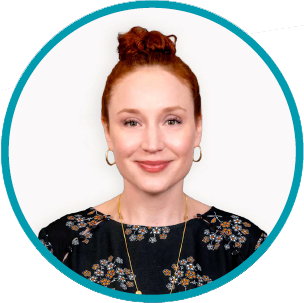
Migraine is quite prevalent in children and adolescents, and migraine’s impact on their quality of life – their social development, school performance, and daily happiness – represents a significant public health problem. Let’s learn more about pediatric and adolescent migraines in this article.
Pediatric Migraine is Prevalent
Many adults and parents might not realize that migraine headaches can also affect children and teens. Before puberty, migraines affect males more than females. After puberty, migraines impact females. Despite the high frequency of migraine in children, the disorder often remains undiagnosed and not treated appropriately.
Also, children will exhibit different migraine headache symptoms than adults. The headache is usually bilateral and frontal in location. Pediatric and adolescent migraines can often be evaluated by their impact on behavior and daily activities. Although kids might not be able to express that they have light or noise sensitivity, they may avoid watching TV or ask for the volume of music to be turned down. Overall, correctly identifying migraine in children is vital because there can only be a specific management strategy with it.
Treatment Plans are Crucial for Children with Migraines
Once a migraine has been diagnosed, all children and teenagers should have an easy management plan guiding them on what to do if they experience a headache. For instance, having a written treatment plan can help them to effectively manage their migraine symptoms during daily activities at school or home.
Healthy Lifestyle Habits are Key to Managing Headaches
Although there are numerous strategies available to help manage childhood migraine, the foundation of any plan involves adopting healthy daily habits to help reduce pediatric and adolescent migraines. These include:
- It is good practice to follow a consistent sleep schedule during the week and on the weekends.
- Maintain adequate hydration – a child’s daily fluid goal depends on weight.
- Aim to eat healthfully 3x daily with snacks in between to prevent fasting, which might trigger headache pain.
- Avoid migraine triggers such as weather changes, strong odors, or certain foods.
- Ideally, children and adolescents should exercise at least 4x weekly for 60 minutes. This is vital to manage the stress and anxiety commonly experienced by kids and teens with migraines.
Enroll Today with Pharmasite Research
If you or someone you know has pediatric and adolescent migraine, it can be a huge hindrance to daily life, but there is always hope and help available. Seek professional help from a therapist who may recommend effective treatment options for you or a loved one. Pharmasite Research in Pikesville, MD, is enrolling individuals with pediatric and adolescent migraine for a clinical study. Learn more to see if you qualify! Contact us at 410-602-1440 and follow us on Facebook, Twitter, and Pinterest!






